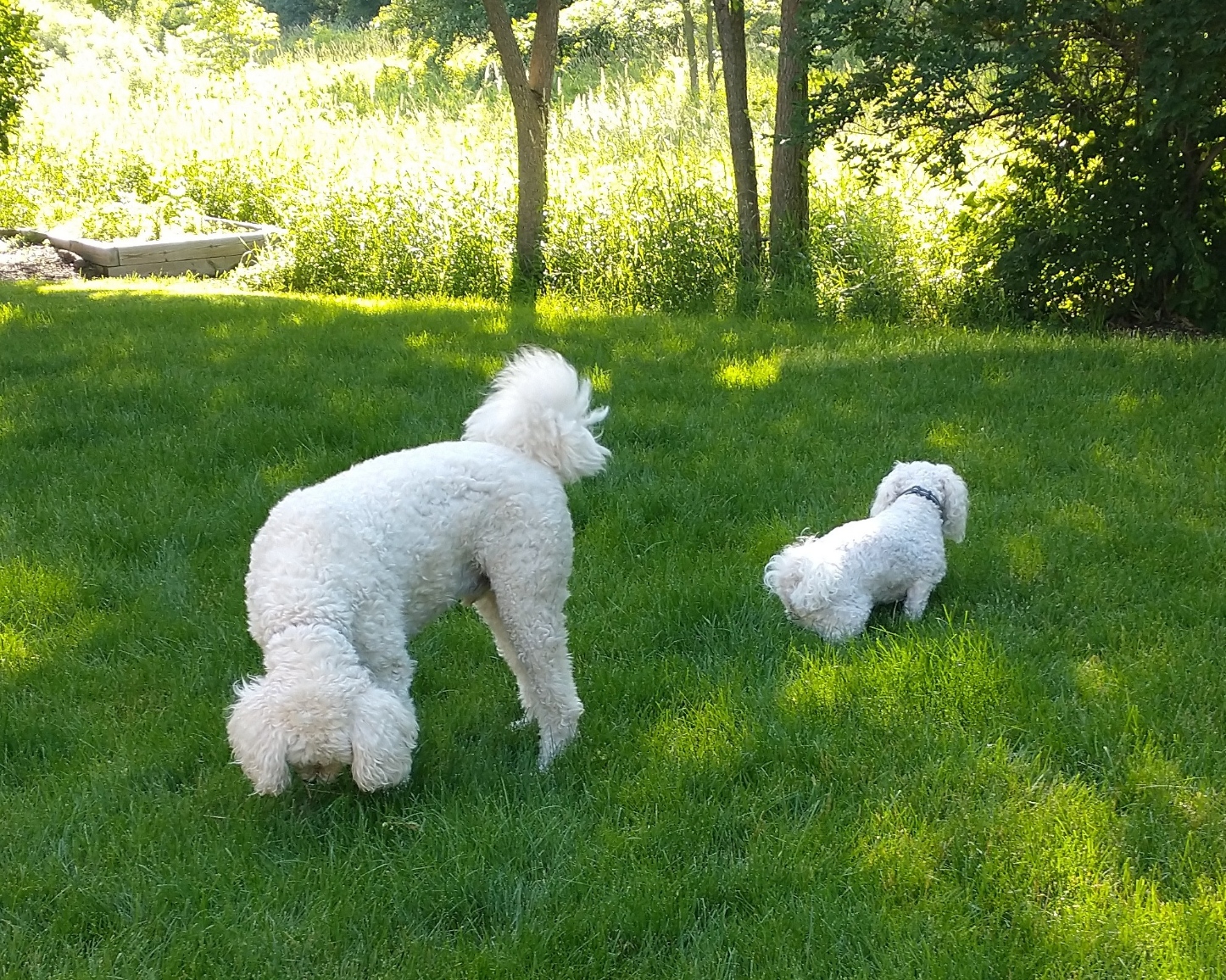July 30, 2019—We packed up early this morning and drove the short distance to
Fort Clinch, the historic brick fortification located with Fort Clinch State
Park, a site worth investigating.
 |
| Here I am standing by one of the cannon on the parade grounds. |
 |
| Fort Clinch's parade grounds. Several cannon are on the upper level, protecting the inlet. |
According to the fort's history, its first fortifications were begun in 1736,
but it wasn’t until 1847 that the brick fort was begun. Its
purpose was to defend against foreign invaders that might try to come up the
Amelia River, which was a deep-water port, from the Atlantic Ocean. Erecting the fort took considerable time: Only about two-thirds was
finished by the start of the Civil War, with cannons yet to be mounted on
the walls.
 |
| Jim is walking toward one of the very large cannon that protected the inlet. The guns could be swiveled for precise firing. |
 |
| The island seen in this picture is Cumberland National Seashore. It can be visited only by boat. |
 |
| More of the buildings surrounding the parade grounds of the fort. |
By default (because of its southern location), at the start of the Civil War, the fort went
under control of the Confederacy. By 1862, however, General Robert E. Lee ordered
the evacuation of the fort, and the Union took it over. Despite Union
occupancy, the fort was still not finished by the end of the war, and by 1869
the army had abandoned it.
In 1898, during the Spanish-American War, Fort Clinch was again used as a barracks and ammunition depot, with cannon and a minefield outside the
walls added for fortifications. About a year after hostilities ended, the fort was once again abandoned.
 |
| A barracks room. Soldiers slept two to a bed. |
 |
| In the middle ground of the photo is an inverted rooftop. Several roofs were built like this to catch rainwater and store it in a large cistern. |
The fort became one of Florida’s first state parks in 1935,
and thanks to the efforts of the Civilian Conservation Corps (CCC), it was
restored.
The fort served its final strategic mission as a joint
operations center for surveillance and communications during World War II.
After the war ended, it was returned to the state.
Visitors are regularly educated and entertained by
re-enactors throughout the year. Apparently, the living museum is operational only on weekends; we saw only one costumed “soldier” while we visited.
We were surprised by the size of the fort; it is quite
large, and on the upper levels offers an expansive view of Cumberland Island
National Seashore, where (it is said) you can sometimes watch the wild
horses prance on the beach. We didn’t have binoculars with us, so our view was
limited.
After a quick tour in and around the various buildings in
the fort—including the quartermaster’s office, barracks, jail, kitchen, and
ammunition rooms—we headed home…another great get-away, and one to which we will
return.
After all, the fishing was great!
Until next time,
Your Reluctant RoVer,
Linda












